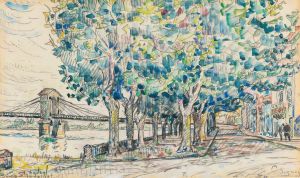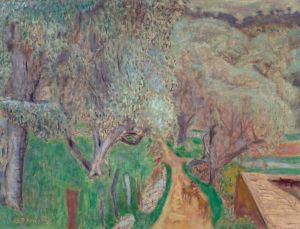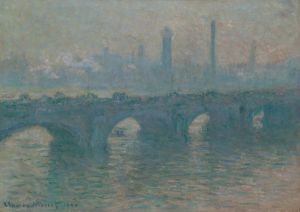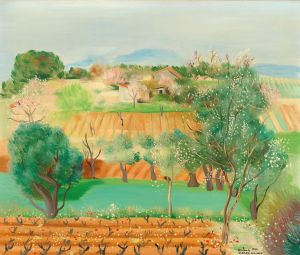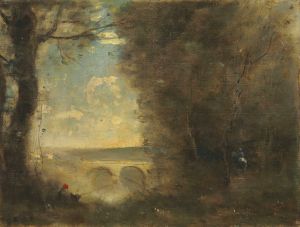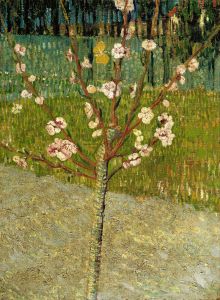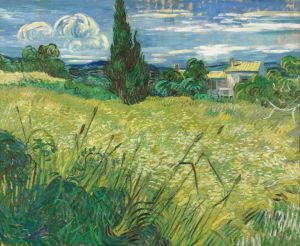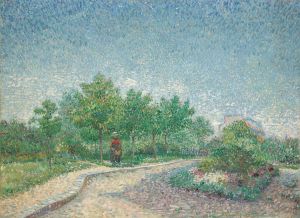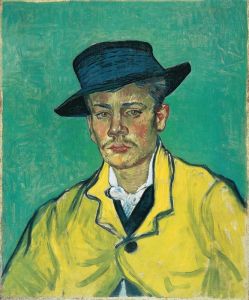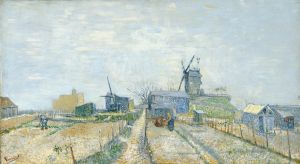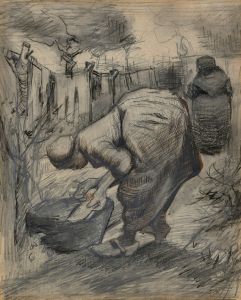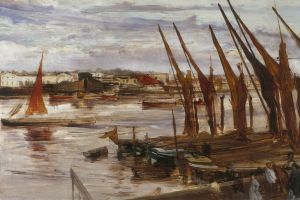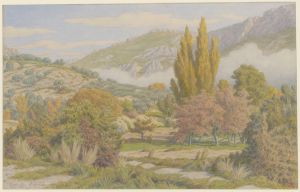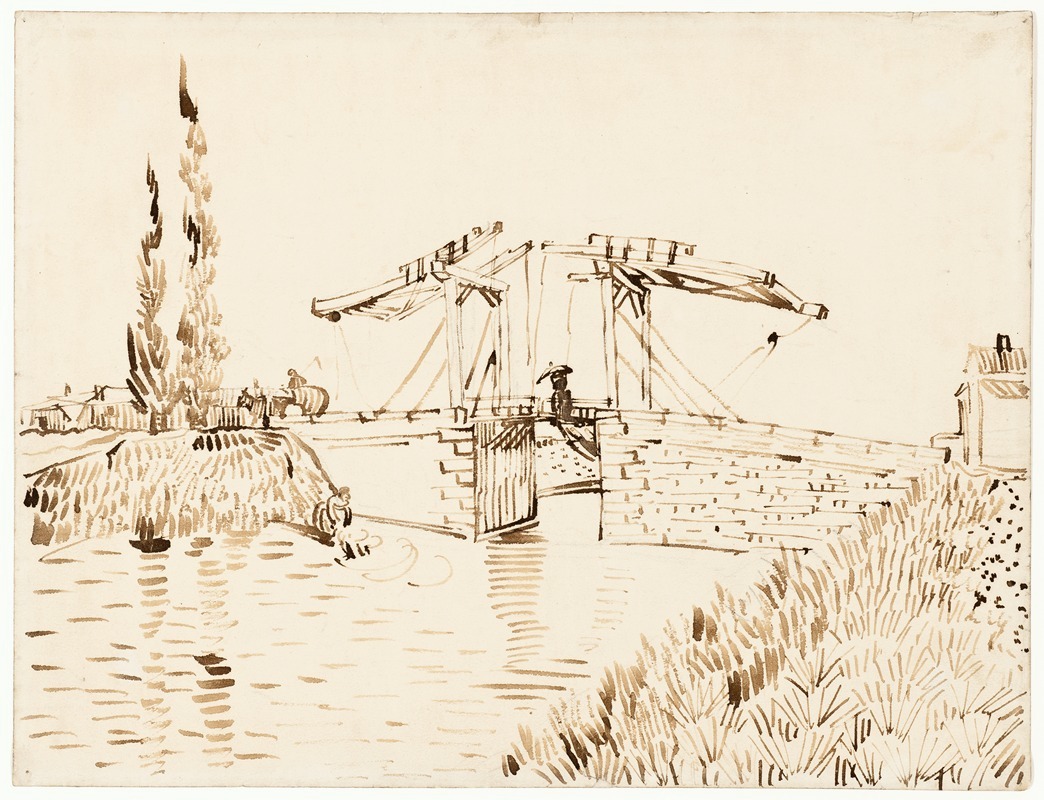
The Langlois Bridge
A hand-painted replica of Vincent van Gogh’s masterpiece The Langlois Bridge, meticulously crafted by professional artists to capture the true essence of the original. Each piece is created with museum-quality canvas and rare mineral pigments, carefully painted by experienced artists with delicate brushstrokes and rich, layered colors to perfectly recreate the texture of the original artwork. Unlike machine-printed reproductions, this hand-painted version brings the painting to life, infused with the artist’s emotions and skill in every stroke. Whether for personal collection or home decoration, it instantly elevates the artistic atmosphere of any space.
"The Langlois Bridge" is a series of oil paintings and drawings created by the Dutch Post-Impressionist artist Vincent van Gogh in 1888 during his time in Arles, in the south of France. These works depict a drawbridge known as the Langlois Bridge, located on the outskirts of Arles, which Van Gogh found visually and symbolically compelling. The bridge was named after its keeper at the time, Monsieur Langlois.
Van Gogh was fascinated by the rural and industrial landscapes of Provence, and the Langlois Bridge represented a blend of both. The structure, with its simple yet functional design, stood over the Arles-to-Bouc canal, a waterway used for transportation and irrigation. Van Gogh admired the bridge as a subject that reflected the harmony between human engineering and the natural environment. He also appreciated its connection to daily life, as it was used by local residents, including farmers and washerwomen.
The series includes several oil paintings, watercolors, and sketches, each capturing the bridge from different angles and in varying lighting conditions. One of the most well-known versions, titled "The Langlois Bridge at Arles with Women Washing," features a group of women doing laundry by the canal, a common activity in the region at the time. The composition highlights Van Gogh's interest in depicting scenes of everyday life, as well as his use of vibrant colors and dynamic brushstrokes to convey the atmosphere of the Provençal countryside.
Van Gogh's depictions of the Langlois Bridge are notable for their simplicity and clarity, reflecting his admiration for Japanese woodblock prints, which he studied and collected. The influence of Japanese art is evident in the flattened perspective, bold outlines, and emphasis on natural elements in these works.
The Langlois Bridge itself no longer exists in its original form. It was replaced by a more modern structure in the 20th century. However, a reconstructed version of the bridge, known as the Pont Van Gogh, now stands near Arles as a tribute to the artist and his work. This site has become a popular destination for art enthusiasts and tourists.
Van Gogh's paintings of the Langlois Bridge are housed in various museums and private collections around the world. They are celebrated as part of his broader exploration of the landscapes and culture of southern France, which played a significant role in shaping his artistic vision during one of the most productive periods of his career.





